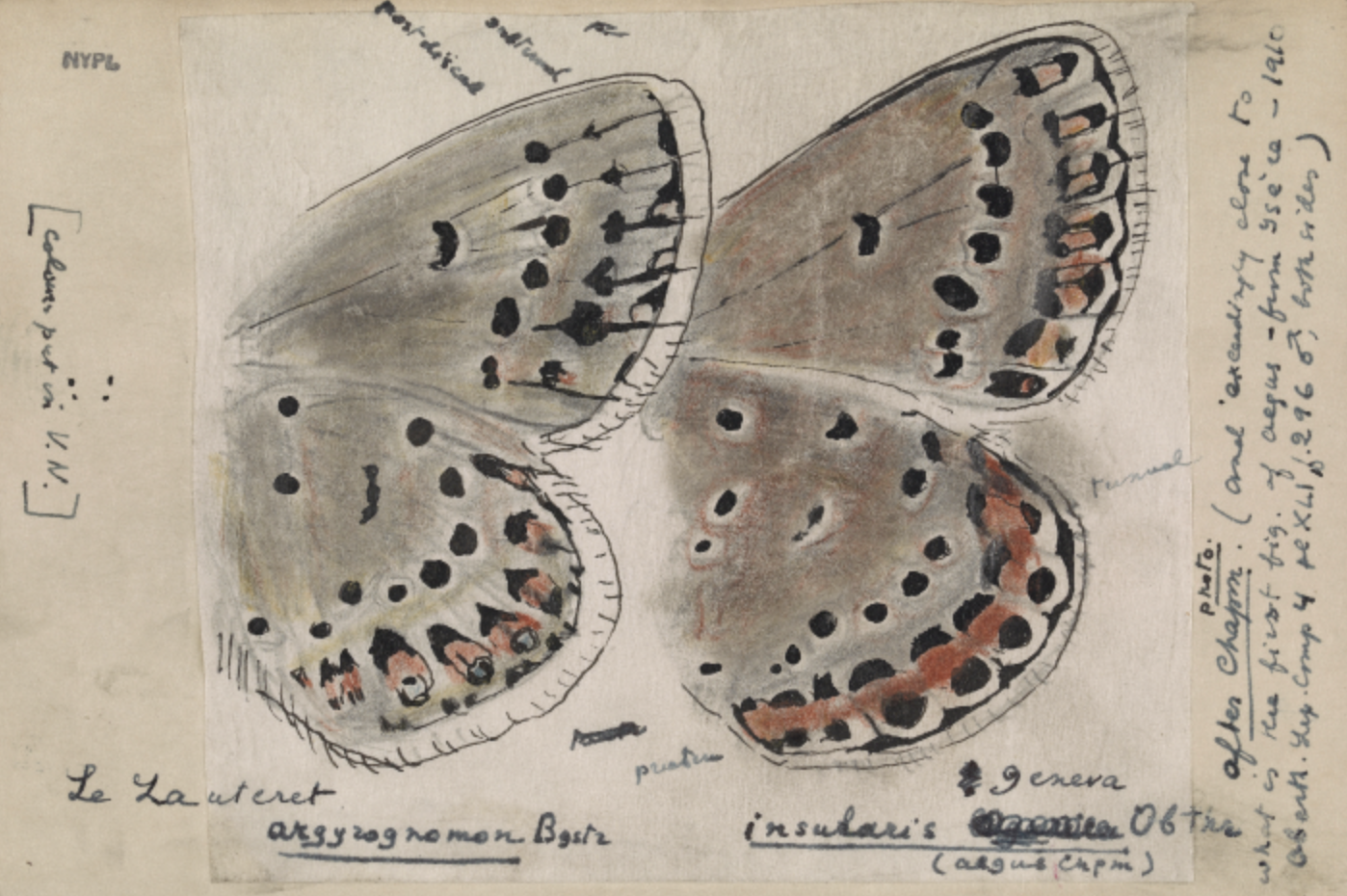Last month, I had the honor of serving as a guest lecturer for two days for Dr. Todd Levine‘s conservation biology course at Carroll University. My presentation, titled CANVAS FOR CHANGE: The Importance of Art in Conservation Biology, delved into the crucial role of art in the sciences.
On Day 1, we explored the history of art in science, and why we should *all* be incorporating art in science in our modern times. To connect theoretical concepts discussed with the tangible, real-world experience of nature, students explored their surroundings at the Prairie Springs Environmental Education Center.
On Day 2, students learned basic drawing techniques and principles, understanding form, structure, proportions in the context of biological subjects to complete both an artwork and reflection writing.
Being invited to Carroll University as a guest lecturer was a profound privilege, allowing me to exchange insights and interact with students on this vital topic. Such opportunities are invaluable and much needed in fostering meaningful discussions.
And we need more of this! Why?
🖼 Art in science serves as a visual conduit, elucidating complex theories and phenomena, making them accessible and engaging to a broader audience.
🎭 Art in science not only elucidates complex theories but also imbues them with emotion, inviting viewers to connect on a deeper level with scientific concepts.
🔗 By intertwining art and science, researchers can evoke curiosity and awe, igniting a passion for discovery that transcends the boundaries of traditional scientific communication. This fusion of intellect and emotion not only enriches our understanding of the natural world but also cultivates empathy and appreciation for the beauty inherent in scientific exploration.
